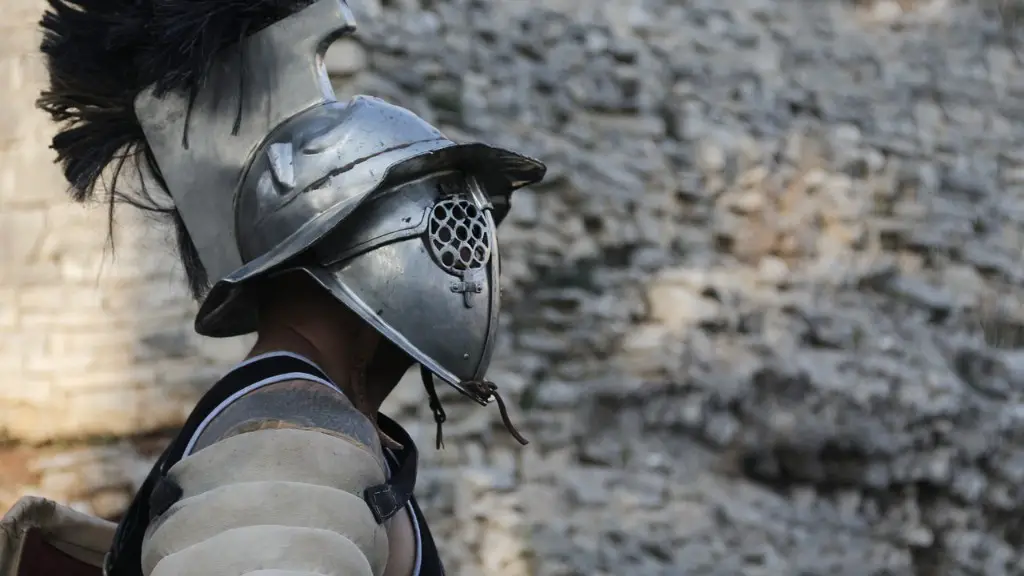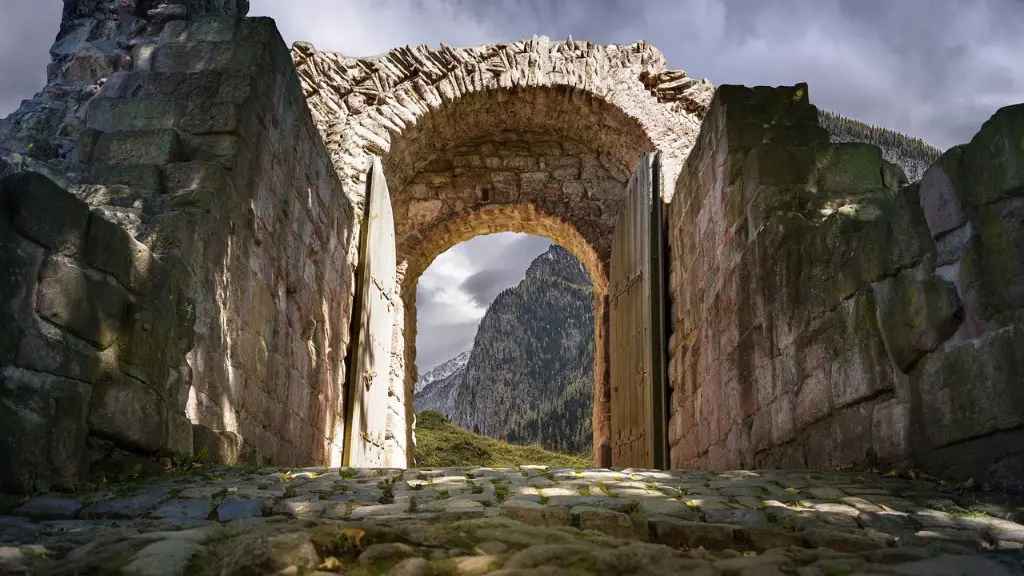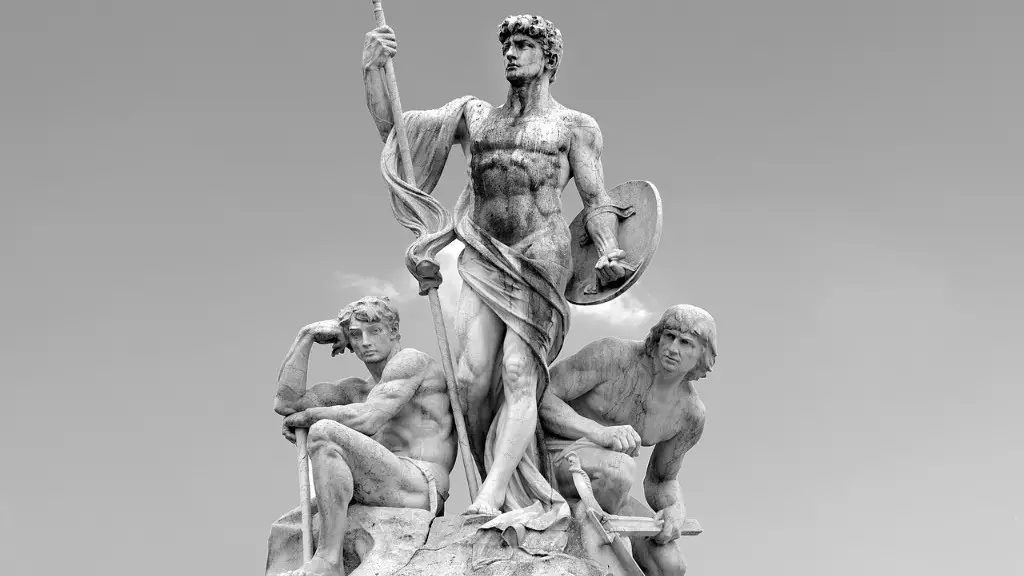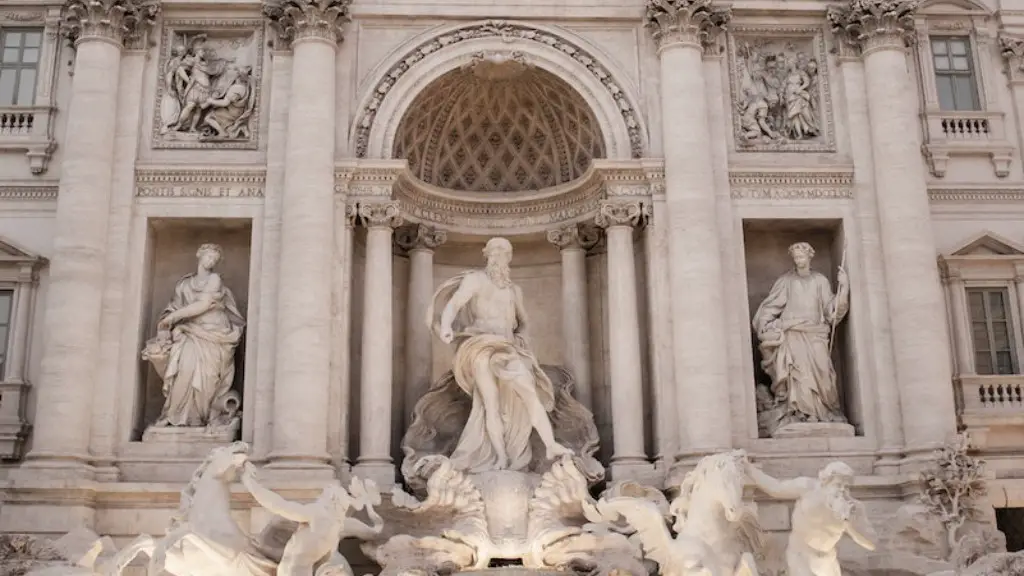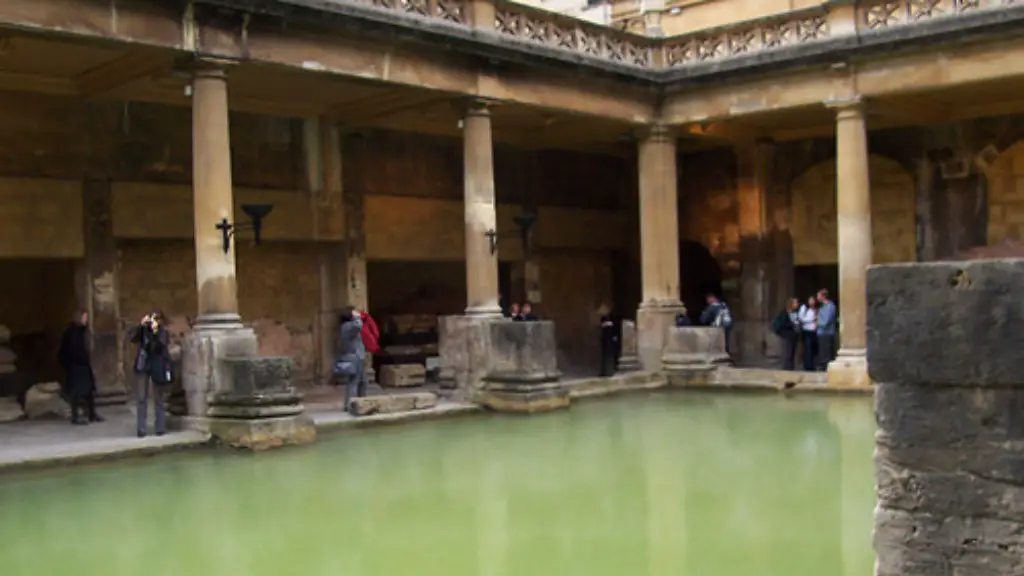A Day in the Life of Ancient Rome
What was it like to live in the grand city of Rome during its peak? What did the average Roman do day-to-day? Let’s take a look at a typical day in the life of ancient Rome, from the early morning hours until late at night.
A typical day in ancient Rome began with the entire family getting up at dawn and gathering in the kitchen for a light breakfast and conversation. Then, the father would leave for work while the mother tended to the children and the household chores. Around noon, the family would sit down for a more substantial lunch, after which the children would play or go to the local baths while the parents rested. In the evening, the family would gather again for dinner and conversation before going to bed.
What was a typical day in ancient Rome?
A typical day for a Roman would start off with a light breakfast and then head off to work. Work would end in the early afternoon, at which point many Romans would take a quick trip to the baths to bathe and socialize. Around 3pm, they would have dinner, which was as much a social event as a meal.
The Roman upper class enjoyed a life of luxury, with lavish furniture and plenty of servants and slaves to attend to their every need. They would often host exclusive dinner parties, serving their guests exotic dishes from around the world. poorer Romans, however, could only dream of such a life.
How many hours was a day in ancient Rome
The Romans had 12 day-hours and 12 night-hours. The first daylight hour (hora prima) began at sunrise, noon was the sixth hour (hora sexta), and the last hour (hora duodecima) ended at sunset. There were no minutes or seconds.
In ancient Rome, the lives of rich and poor people were very different. The poor lived in the dirtiest, noisiest, most crowded parts of the city. Their houses were poorly constructed. These four- and five-story apartment buildings usually lacked heat, water, and kitchens. The rich, on the other hand, lived in single-family homes with gardens and slaves to take care of them. They had access to the best food, clothes, and education.
How did people live in ancient Rome?
Most people in the cities of Ancient Rome lived in cramped apartment buildings called insulae. The wealthy lived in single family homes called domus of various sizes depending on their wealth. The vast majority of the people living in Roman cities lived in poor conditions in these insulae.
The cena was the main meal of the day for Romans, and was typically eaten around sunset. This meal was preceded by a light meal in the morning, called the ientaculum, which often consisted of just a piece of bread. Supper, or vesperna, was a smaller meal eaten in the evening.
What time did Romans sleep?
This is an interesting finding, as it shows that our natural sleep patterns are much healthier than our current habits. It also suggests that we could potentially eliminate insomnia by sleeping in a more natural pattern.
The ancient Romans were known for their love of leisure and luxury. They would often start their days early, with a light breakfast, and then head off to work. By noon, they would finish up their work and head to the baths or to the gym for some exercise. In the evenings, they would often have dinner parties that would last late into the night.
What was the most common job in ancient Rome
Most people in the Roman Empire were farmers. The most popular crops were olives, grapes for wine, honey, and cereal crops. Livestock such as beef and pork were common as well. Wealthy people owned the farms while the poor worked the land to harvest the crops and raise the livestock.
The ancient Romans were very disciplined when it came to their sleep habits. They would make sure to get their full eight hours of sleep every night so they could be well rested for the next day. They would usually go to bed around sunset and wake up at sunrise. They would spend their time during the night either studying, meditating or doing other things. This kind of sleep was natural because the body had no other factors to adapt to, except the sun’s natural rhythm.
Did the ancient Romans have a 7 day week?
For centuries, the Romans used a period of eight days in civil practice, but in 321 CE Emperor Constantine established the seven-day week in the Roman calendar and designated Sunday as the first day of the week. This change was made in part to align the Roman calendar with the seven-day Jewish calendar, which Constantine considered to be more accurate. This new seven-day week quickly became the standard in Rome and eventually spread to the rest of the world.
Jobs in the Roman Republic were varied, with many different occupations available to citizens. Farmers, doctors, engineers, architects, teachers, shopkeepers, craftsmen, soldiers, sailors, fishermen, writers, poets, musicians, statesmen, bankers, traders, merchants, accountants, and government officials including tax collectors, smiths, jewelers, construction workers, and temple staff were all needed to keep the Republic running smoothly. With so many different jobs available, there was sure to be something for everyone.
What did Romans do for fun
In ancient Rome, the state provided games for fun and entertainment, with two broad categories of ludi, meaning games, including theatrical performances, dances, and chariot races and munera, or spectacles, such as gladiator combats, wild animal shows, and other unusual exhibitions.
Theatrical performances, such as comedies and tragedies, were popular in Rome, with actors performing in public spaces or in purpose-built theaters. Dances were also common, often performed in groups as part of religious rituals or for entertainment. Chariot races, one of the most popular forms of entertainment, were held in the city’s large arena, the Circus Maximus.
Munera, or spectacles, were less common than ludi, but were still popular with the Roman people. Gladiator combats, in which two men fought to the death, were a popular form of munera, as were wild animal shows, in which exotic animals from across the empire were displayed and often pitted against each other or against men in combat. Other unusual exhibitions, such as executions, re-enactments of famous battles, or displays of bizarre human oddities, were also common.
The typical Roman would eat three meals a day. The first meal, eaten around dawn, was called ientaculum and consisted of bread or a wheat pancake eaten with dates and honey. The second meal, eaten around noon, was called prandium and consisted of a light meal of fish, cold meat, bread, and vegetables. The third meal, eaten in the evening, was called cena and was the largest and most important meal of the day. It typically consisted of leftovers from the previous day’s cena.
What was Roman culture like?
Much of Roman culture was based on the Greeks, but as they grew they began to develop their own. Roman culture can be seen in their art, literature, and the architectural history where they conducted sports and games to entertain their citizens. Romans began writing literature as early as the 3rd century BCE.
The Romans primarily ate cereals and legumes, which were typically served with sides of vegetables, cheese, or meat. Their diets also depended heavily on which foods were locally and seasonally available. In addition, the Romans commonly used sauces made out of fermented fish, vinegar, honey, and various herbs and spices to cover their food.
Warp Up
A day in the life of ancient Rome would have started with the cleaning and preparing of the household. The paterfamilias, or head of the household, would have then gone to the local baths. Here, they would have socialized with other citizens, catch up on the latest news, and perhaps do some business. After the baths, they would have returned home for breakfast with their family.
The rest of the day would have been spent working, running errands, or taking care of the home. If the head of the household was a politician, they would have spent the day in the forum, discussing politics and laws with other officials. If they were a merchants, they would have gone to the market to sell their goods. Soldiers would have been on duty, patrolling the city or guarding the empire’s borders.
Evenings were typically spent with family, eating dinner and perhaps entertaining guests. Many ancient Romans were extremely passionate about their hobbies, and some would spend their evenings playing music, reading, or writing.
Life in ancient Rome was certainly different than life today, but in many ways it was surprisingly similar. Families were close-knit, citizens socialized with their neighbors, and people worked hard to provide for their families.
A day in ancient Rome was a bustling, busy affair. Citizens would wake up early and get started on their work, whether it was running a business, farming, or crafting. There would be a mid-day break for lunch and then work would resume until dusk. Then, it was time for dinner and socializing. Romans were known for their love of food and wine, and often spent their evenings dining and drinking with friends. Finally, when the sun went down, it was time for bed. Ancient Romans lived busy but enjoyable lives.
